On October 21, a China Southern Airlines Boeing 787-9, operating flight CZ3534 from Shanghai to Guangzhou, suffered a tail strike during landing. This incident caused significant damage to the aircraft’s lower rear fuselage and cargo compartment. Passengers reported a rough landing, describing a bumpy touchdown that led to the aircraft bouncing upon contact with the runway.
Initial investigations suggest that the co-pilot requested a “no-guidance” manual landing practice. After evaluating the weather conditions in Guangzhou, the supervising instructor approved the request. During the approach, the aircraft maintained stable flight parameters until it neared the runway. Suddenly, the descent rate increased, prompting the instructor to adjust the controls. Upon landing, the aircraft bounced roughly three feet before making contact with the ground again, resulting in a tail strike.
After landing, the flight crew received a tail strike alert from the aircraft’s display system. Inspections revealed visible damage, including scrape marks and a tear on the fuselage. Additionally, multiple fractures were found in the cargo compartment’s internal structure. Consequently, the aircraft remains grounded, with no further flights scheduled.
Fortunately, the incident occurred at China Southern’s primary hub in Guangzhou, streamlining the repair process. Tail strikes pose a risk of severe structural damage during takeoff or landing, often caused by excessive pitch or misconfigured stabilizers. Pilots mitigate these risks by ensuring correct trim and managing their approach with precision. Training and advanced onboard systems enhance pilot response to potential tail strike hazards.
China Southern Airlines has not released an official statement regarding the incident. However, passengers confirmed the rough landing experience. Thankfully, no injuries were reported among those on board. The Civil Aviation Administration of China plans to investigate further, emphasizing the importance of precision during manual landings, particularly with larger aircraft models. The full extent of the damage is under evaluation, and necessary repairs will occur before the aircraft returns to service.
Related stories:
Catch up on the top stories and travel deals by subscribing to our newsletter!

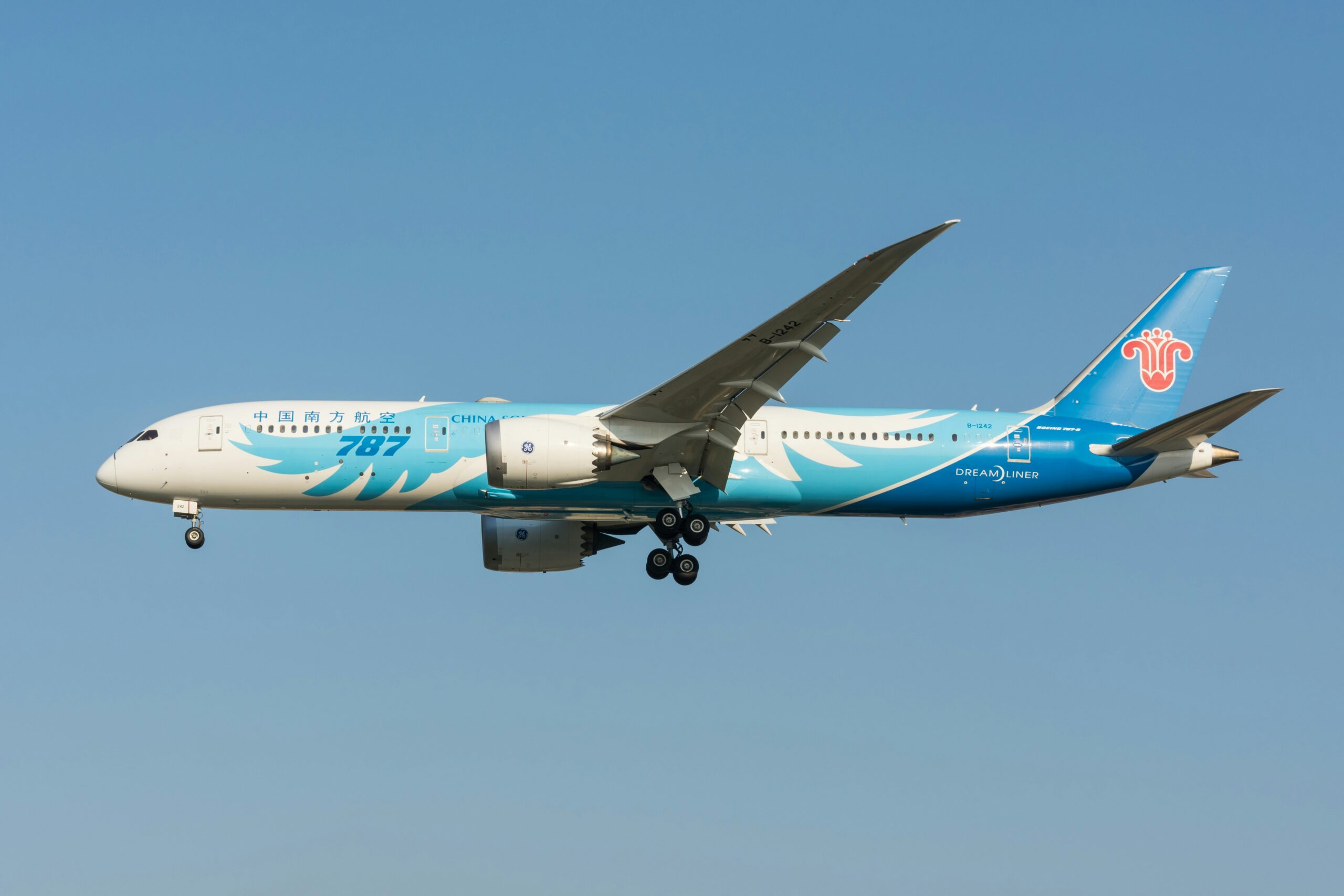

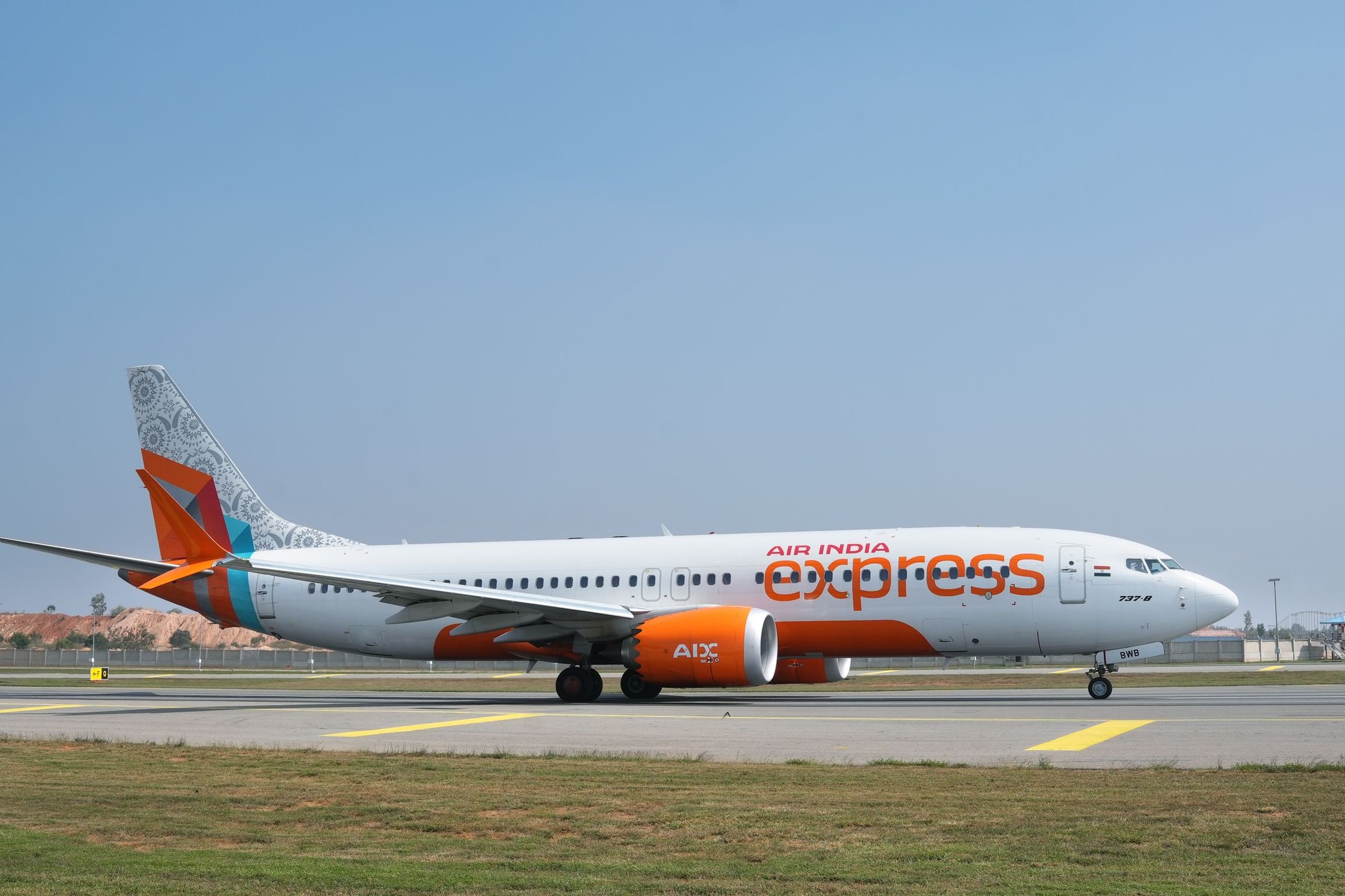
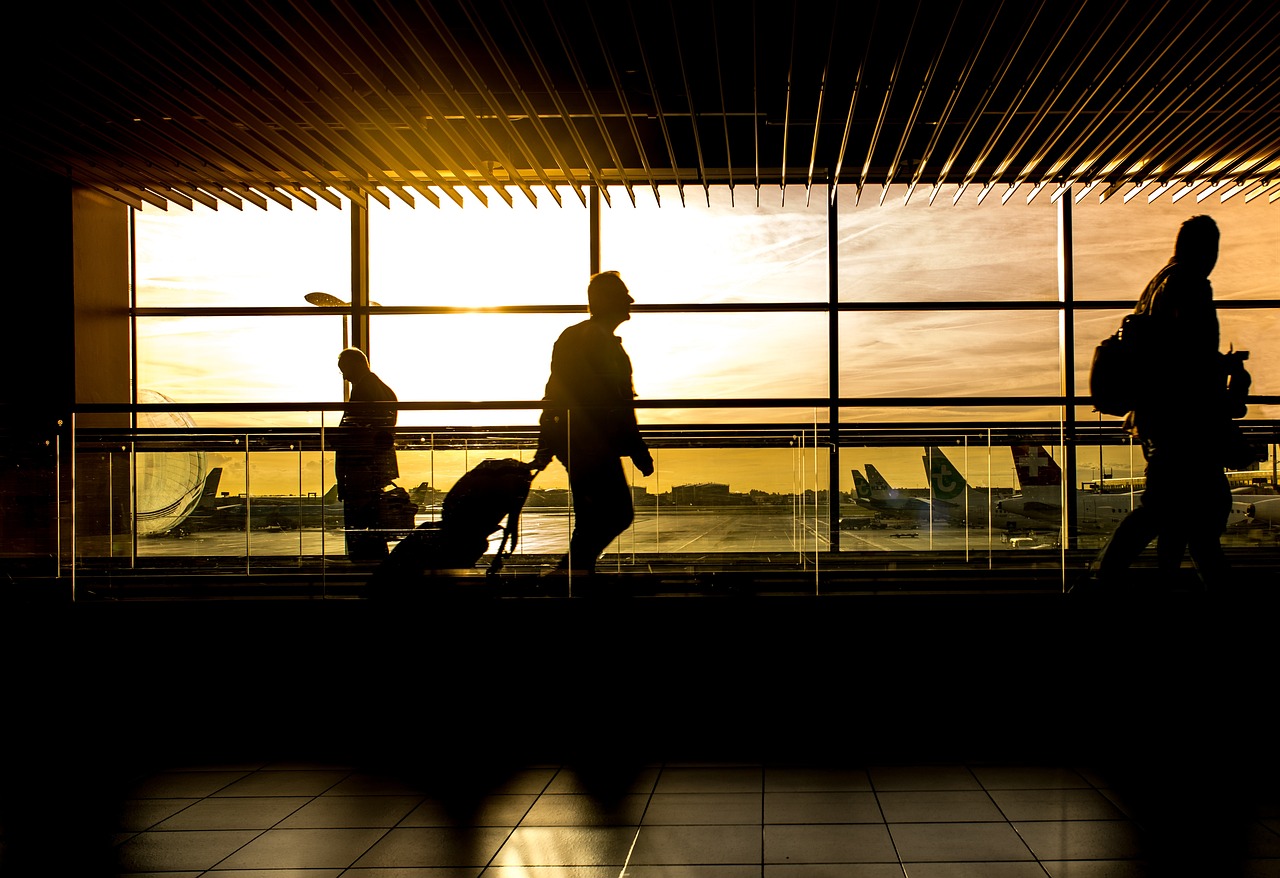
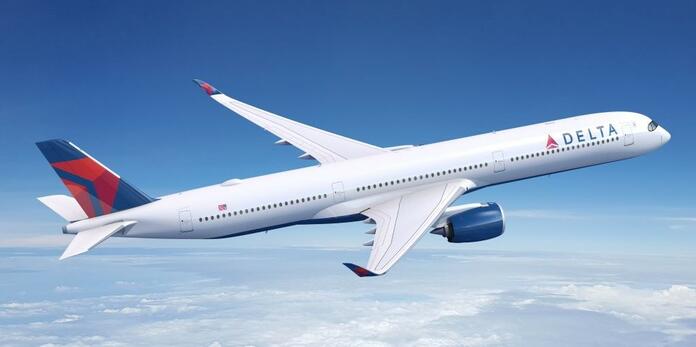
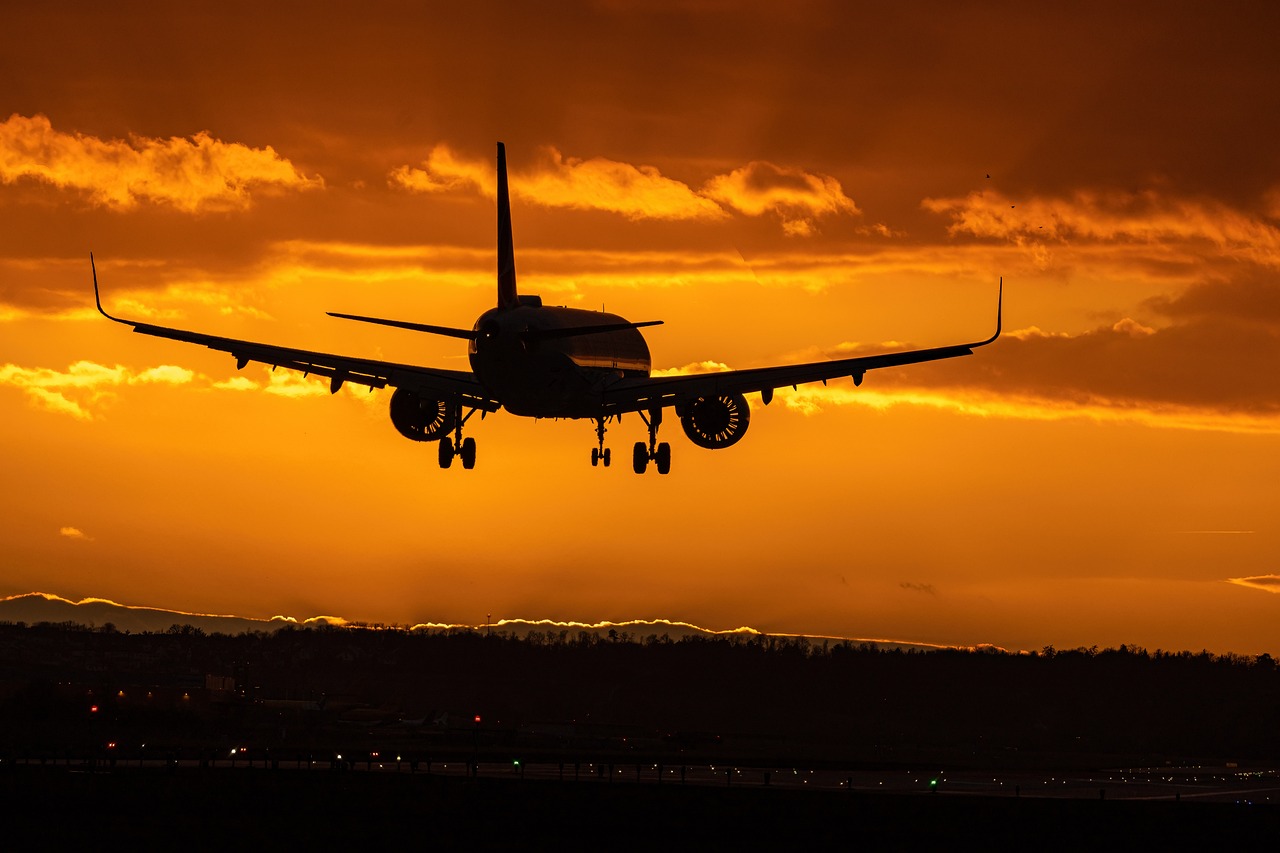
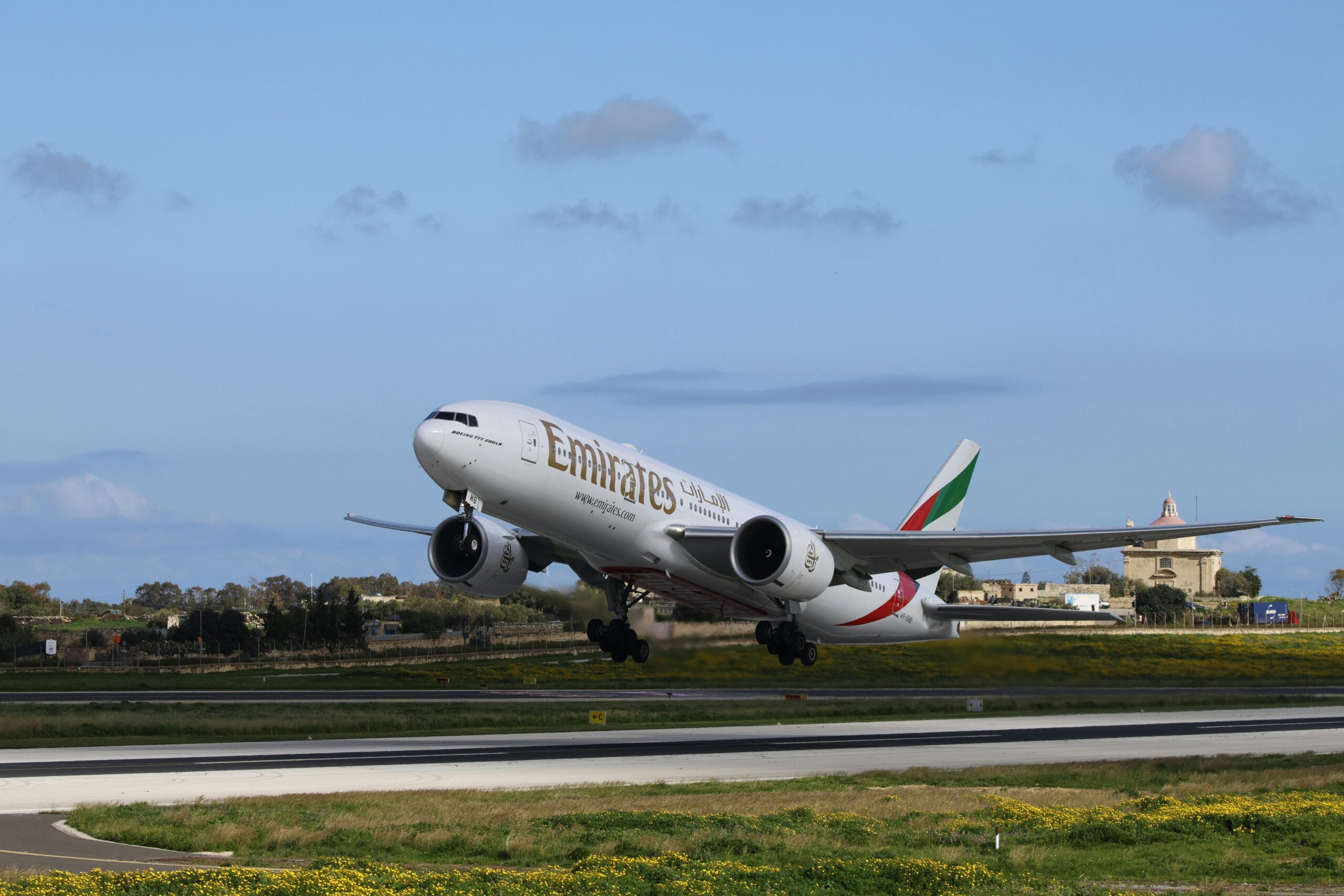

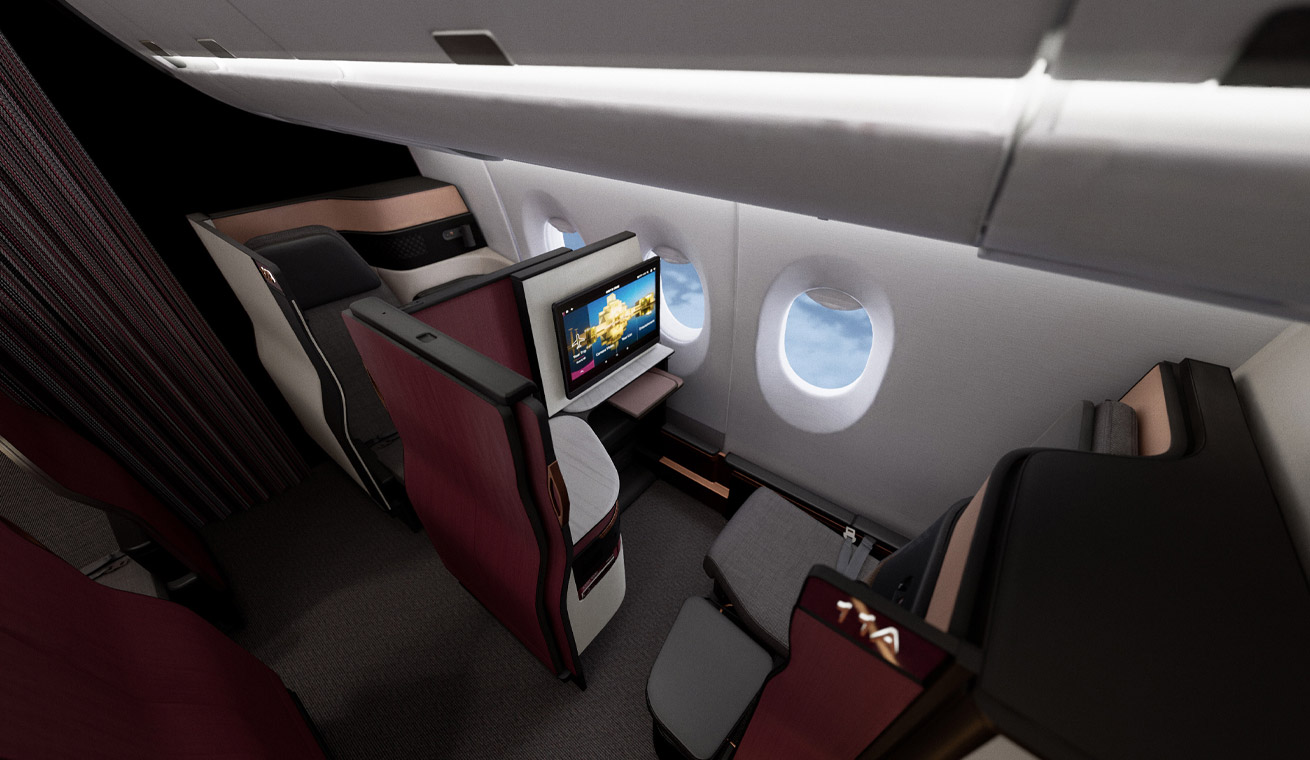


Leave a Reply